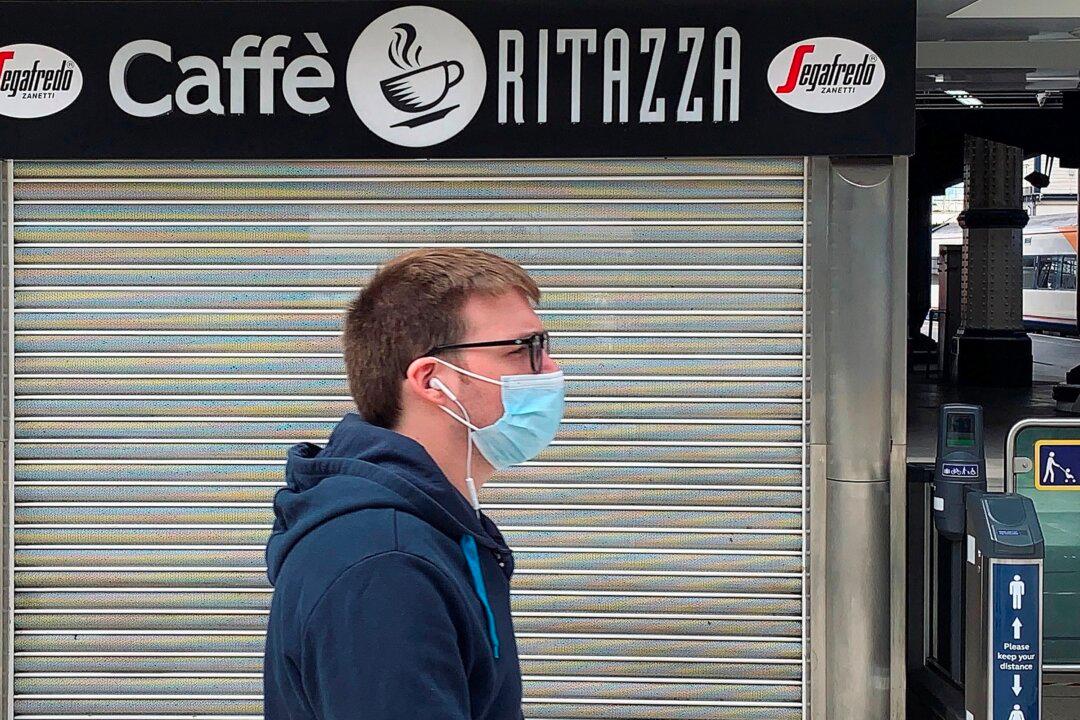The new strain of the CCP virus that emerged in the UK spreads over 50 percent faster and could make up nine out of 10 cases in the southeast of England by mid-January, according to a preliminary study.
The study (pdf), by the London School of Hygiene and Tropical Medicine, used mathematical modeling to project the spread of the new strain in the southeast quarter of the country where it is already beginning to dominate.





